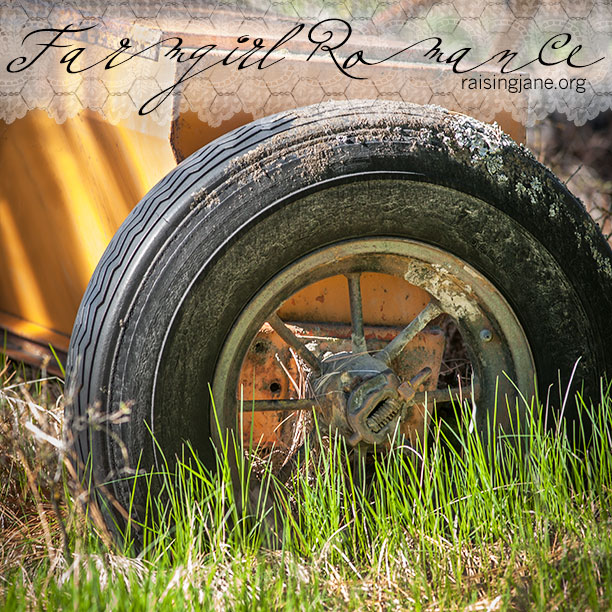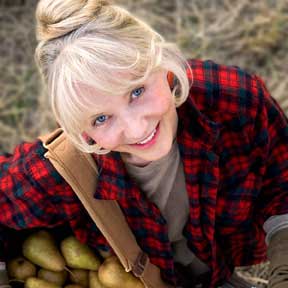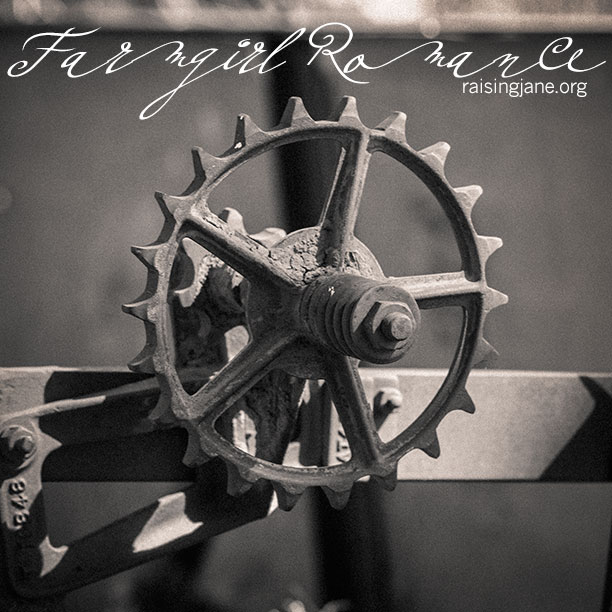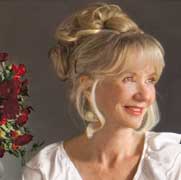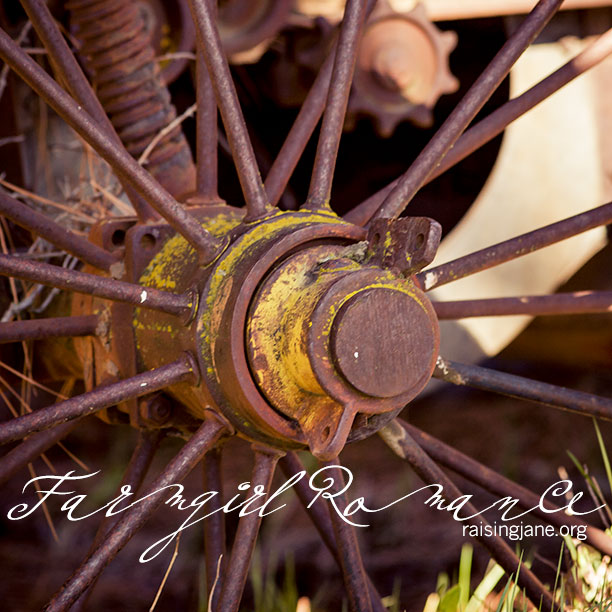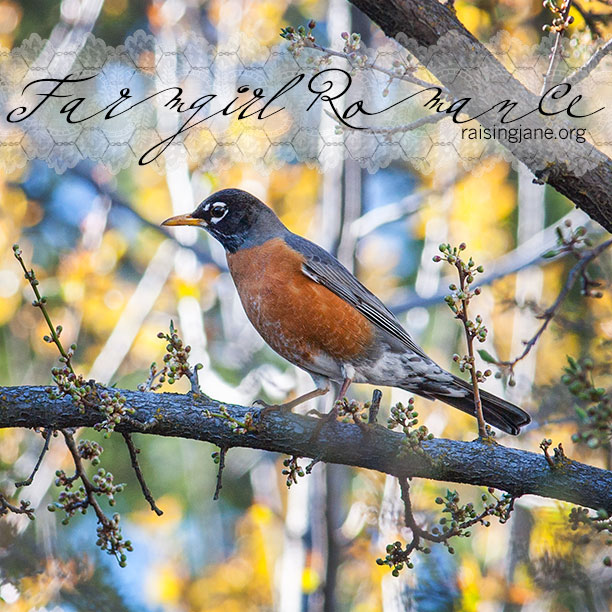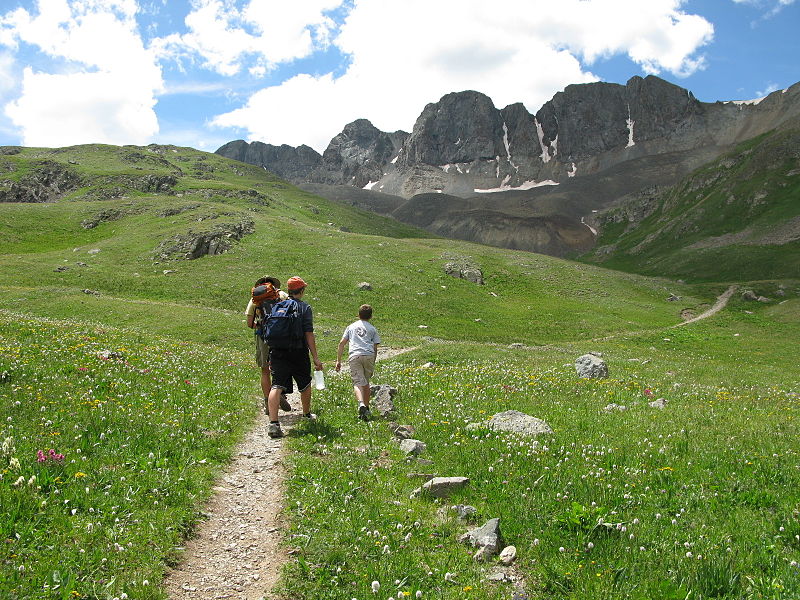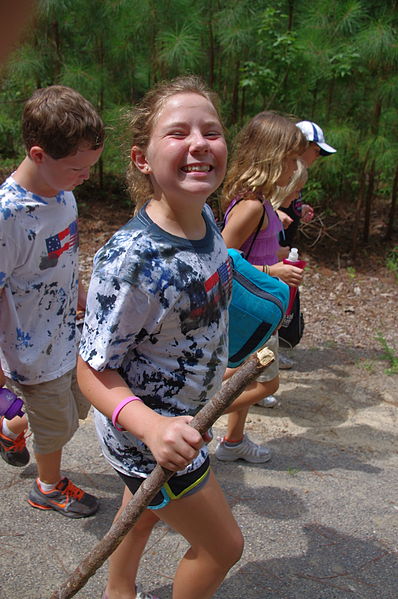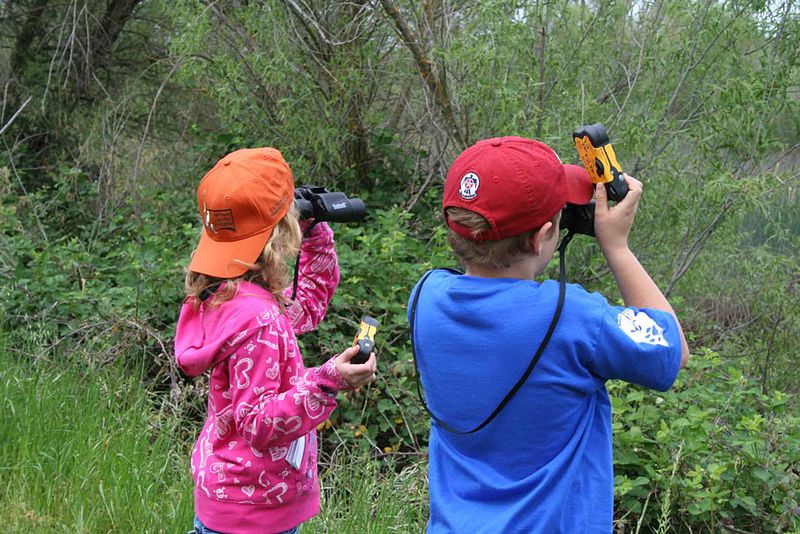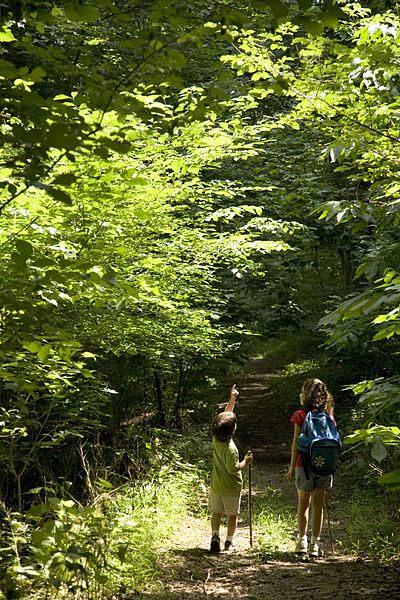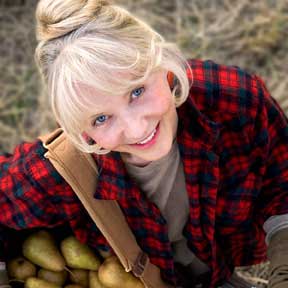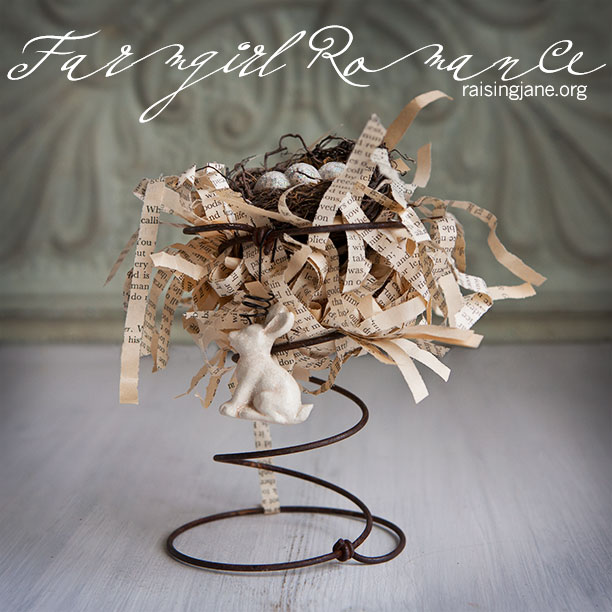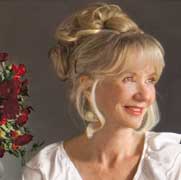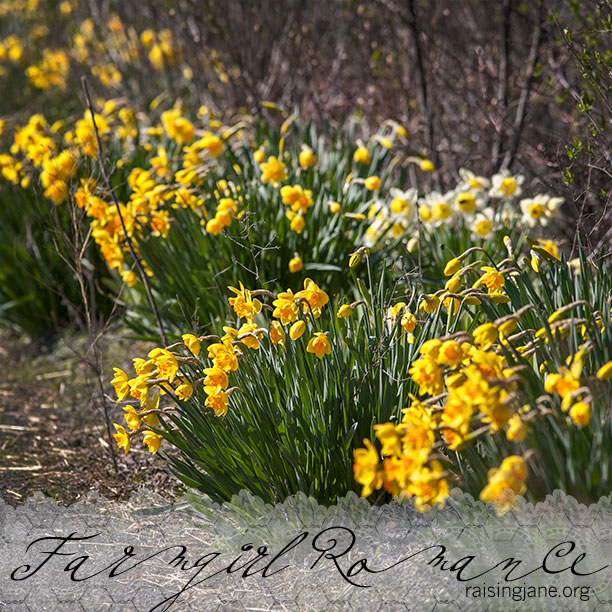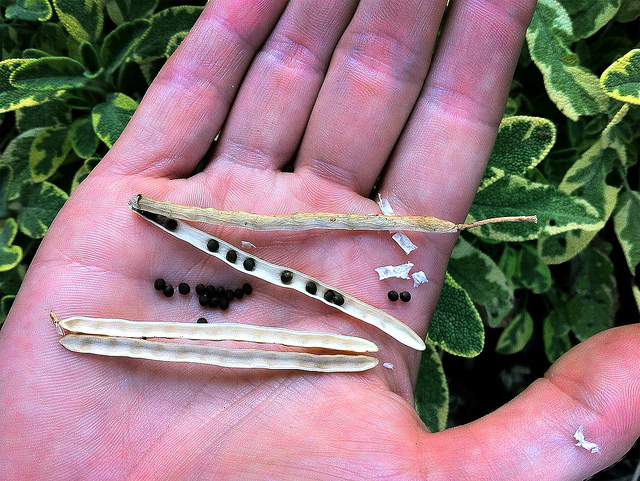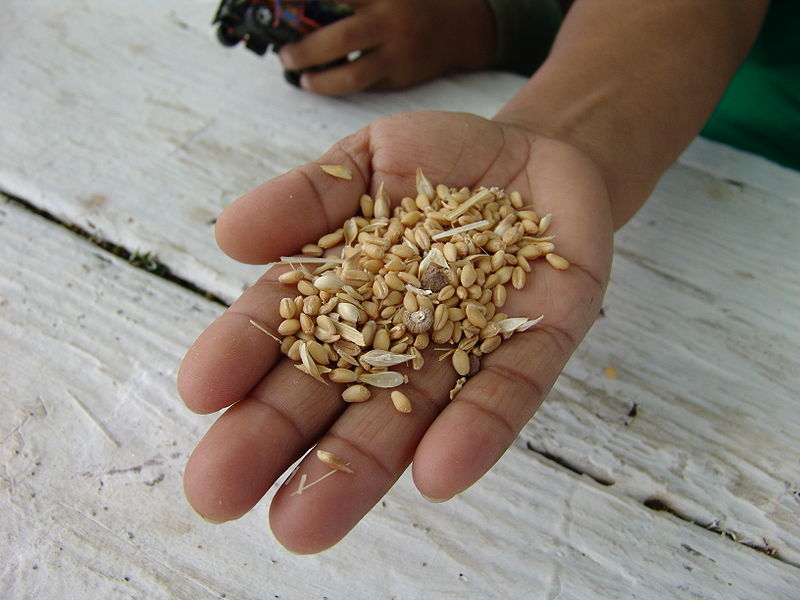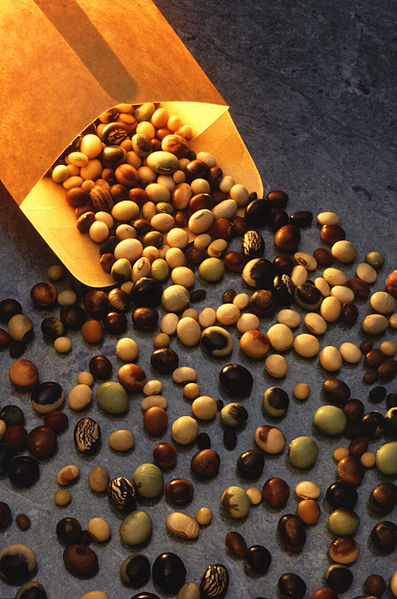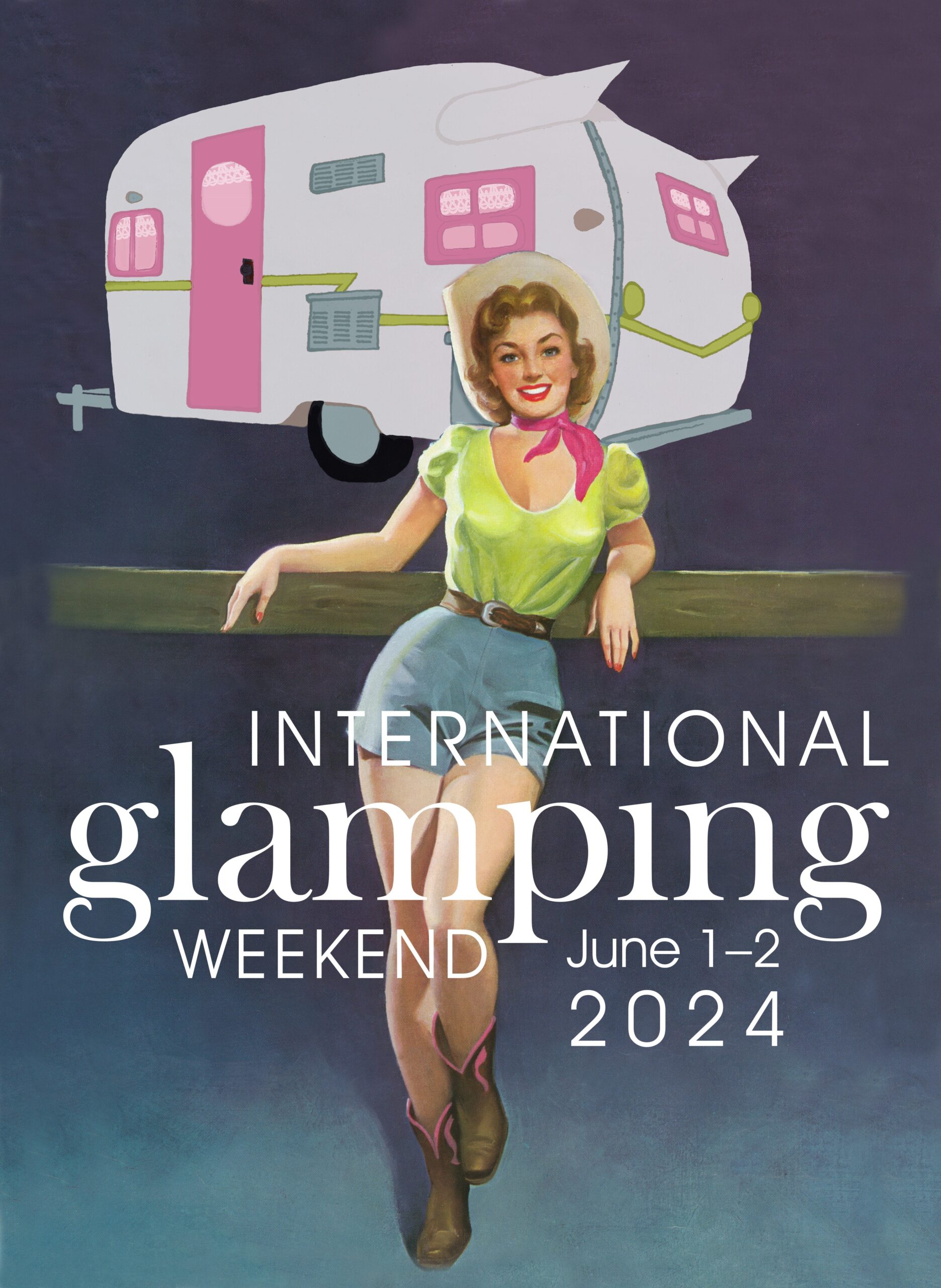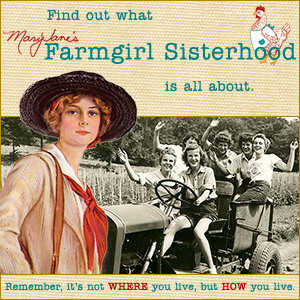Welcome New Sisters! (click for current roster)
Merit Badge Awardees (click for latest awards)
My featured Merit Badge Awardee of the Week is … Winnie Nielsen!!!
Winnie Nielsen (Red Tractor Girl, #3109) has received a certificate of achievement in Each Other for earning a Beginner Level Farmgirl Sisterhood Merit Badge!
“1. Since I am the one who drafted the requirements for the Jubilee badge [Winnie’s our Farmgirl Sister of the Year], I had already done some research for all of the main topics. In order to do the badge, I created a few other requirements to do. First of all, a Jubilee can be a 50th year celebration and a season of celebration. In my life, I remember celebrating both my grandparents’ and my parents’ 50th wedding anniversaries. They were wonderful celebrations with family and full of old stories, laughter, and happiness.
2. The Queen of England’s Jubilee marking her 60th year of reign was a national celebration for England. The BBC reported that 3,000 miles of Union Jack bunting had been produced, and cities across the nation were dressing their streets up for the occasion. At the event, there were parades with the Queen, radio and TV broadcasts, and people everywhere waving the Union Jack and celebrating. Who doesn’t just love a good reason to be joyful and have a party? Although there are those who feel the monarchy is outdated, many still love the Queen, and they properly joined in all of the festivities in their own towns. Of course, there were many trinkets, mugs, and other memorabilia sold for a bit of remembrance of the grand event. Small towns also held their own local celebrations for everyone to join in. The Jubilee was indeed enjoyed by many!
3. MaryJane wrote on her daily journal about a book, The Jubilee Trail, by Gwen Bristol. Because of the title, I immediately wanted to read it and include it in my badge requirements. Come to find out in the first part that the Jubilee Trail was the way people got to the West Coast and Los Angeles from Independence, Missouri. The story is set in 1844, when the United States ended to the west with Missouri. A young bride from New York City falls in love and marries a young man who is a tradesman of goods from the East Coast to the West. In order to get the goods there, large wagontrains had to cross Mexican land that was rugged and hostile. There were unfriendly Native Americans, long stretches of no water, brutal sun, and rocky and difficult trails.
The bride, Garnet, leaves the comforts of her life for the thrill of the unknown and the thought of adventure. On her journey to Los Angeles, she is befriended by a New York showgirl and a few of the wagon-trail men. The trip was dangerous, and she almost lost her life. Upon arriving out West, she was confronted with her husband’s brother, who was furious at their marriage. Events happened that resulted in Garnet’s husband’s death, but she was saved and helped by two of the men from the wagon trail. She ends up falling in love with one of those men and eventually marries him. They leave Los Angeles with her baby son for San Francisco, where gold has been found just laying around on the ground and in the rocks.
The story of the Jubilee Trail did not mean a celebration of 50 years of something. It represented a celebration of survival to a land where all new beginnings could happen. Nobody knew you and you could start over. Surviving the journey was like a badge of honor, and it signified fortitude and true grit.
Reading this book reminded me of our MJF Jubilee celebration. The many farmgirls who join have found a “new path” to journey on. With much to learn and risks to take, each one of us have reached out to something new and unknown. First farms have been purchased, first gardens grown, first off-the-grid experiences have been chosen, and many new skills have been acquired while enriching our family lives and communities. A Jubilee celebration can also be about meeting personal goals and challenges!
4. I decided to celebrate our Jubilee on the MJF Chatroom with two giveaways, using skills I learned while doing some badges. The first giveaway is an embroidered dishtowel with the Farmgirl at Heart logo. This is the same pattern that I have been making for all of the FGOTM Sisters. Each month, I send them a handwritten note, the dishtowel with their Farmgirl number on it, and a few postcards from MaryJane’s store. Being chosen by your friends as FGOTM is a beautiful and happy event. As FSOTY, I wanted to gift each person something that I learned by also being a fellow Farmgirl traveler.
The second giveaway is a pair of knitted socks using a few of the colors of the logo. This giveaway will also include a handwritten note and postcards. I hope the winner enjoys wearing them!! Since they are a blend of Merion and cashmere wools, they will be soft and warm anytime it is cold and damp.
I think working on this badge was great fun. I thoroughly enjoyed reading Jubilee Trail and working on my two giveaways. Now, I am looking forward to our celebration in May!”














































